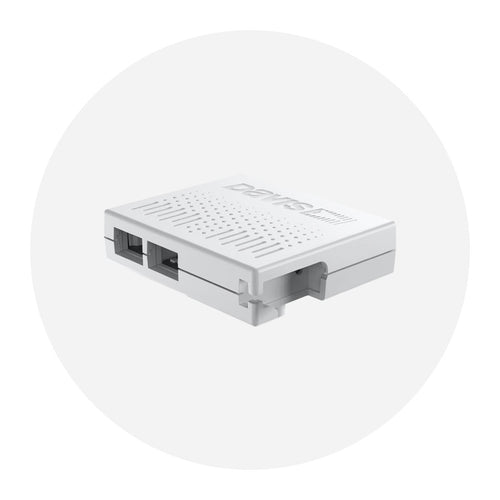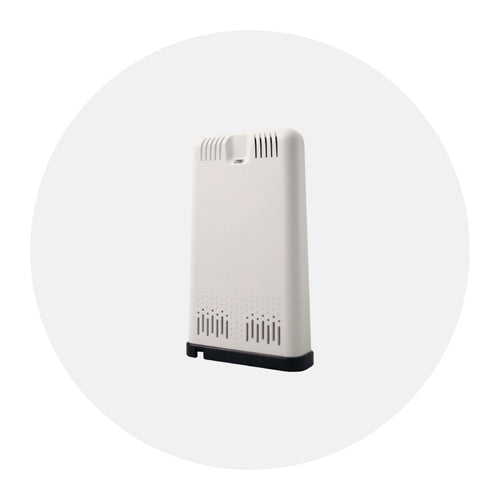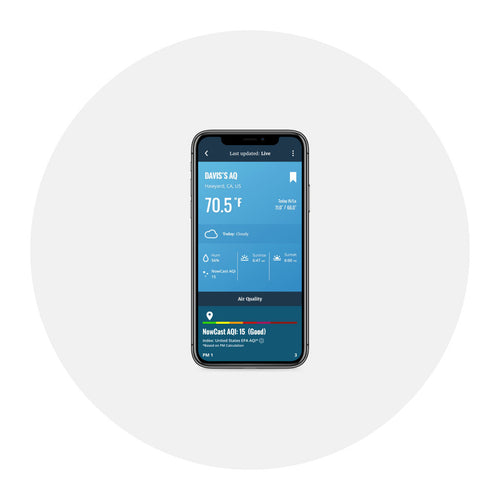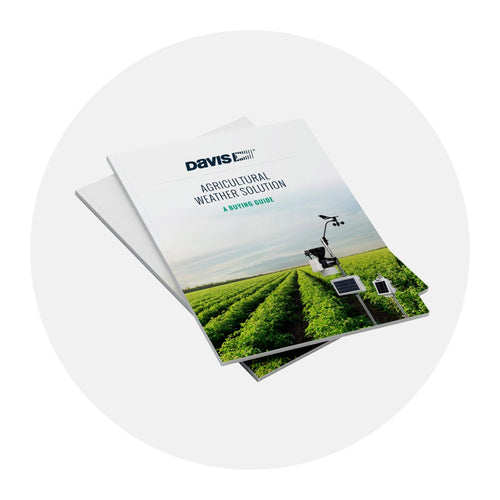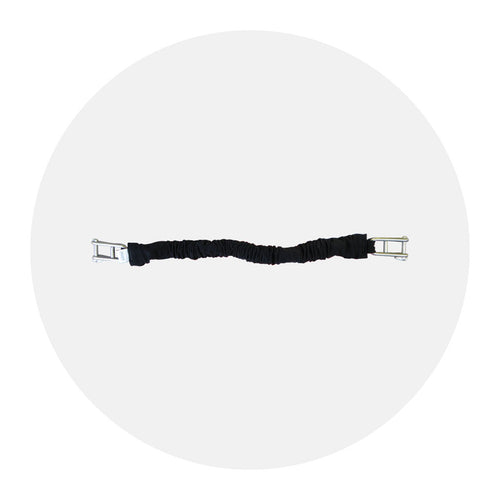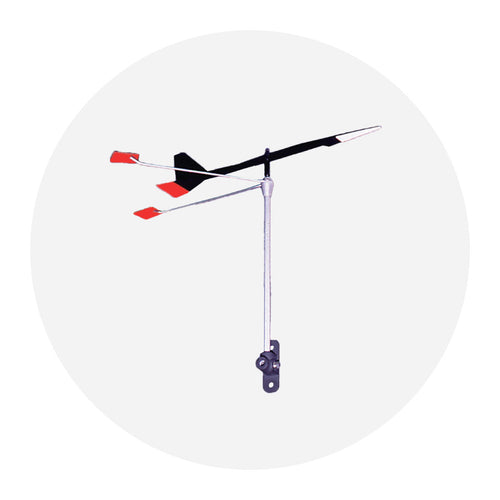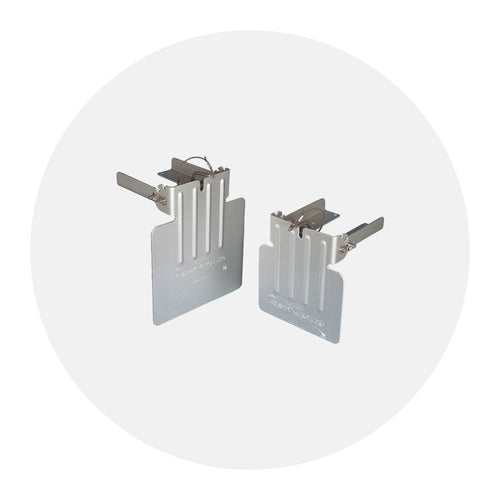|
Typically, air temperature goes down as you go higher into the atmosphere. It normally steadily decreases up through the part of atmosphere where our weather occurs, the troposphere, to about 36,000 feet (7 miles/11 km). This happens because the sun warms the earth’s surface, which warms the air above it. The average rate at which the air gets colder is called the lapse rate. |
 |
However, sometimes the air temperature increases with altitude. This is called a temperature inversion. An inversion is a stable air mass that acts like a lid or cap on vertical motion. Air under an inversion can’t rise because it is cooler than the air above it. If the inversion is near the surface, fog, haze, and pollutants are trapped. Inversions also play a role in cloud formation and can prevent the formation of thunderstorms – and also lead to severe thunderstorm formation.
An inversion layer can cause cumulous clouds to form as the air at the surface heats up during the day. The clouds spread out rather than rise, and small thunderstorms are avoided. But sometimes the cap can be broken, allowing an eruption of warm moist air into the unstable layer above it leading to severe thunderstorms storms with tornadoes.
Radiation or surface inversions are the most common. They happen as the earth cools off at night, especially when the air is clear and calm. The ground can cool faster than the air just above it, and if wind is not present to mix the air, the surface air cools to its dew point creating fog.
A frontal inversion is caused when cooler air in a shallow cold front undercuts a warmer mass and lifts it up.
Subsistence inversions are caused when a widespread layer of air slowly sinks from the weight of the atmosphere under a high-pressure dome. As it sinks, it warms, with the upper layer warming faster.
Inversions affect the air quality by keeping pollutants close to the surface. They can drive the AQI, especially in cities, which have higher thermal masses and more pollutants, into dangerous territories. Topography can make this worse; cities that are surrounded by hills or mountains, such as Salt Lake City, see more bad air quality days due to inversions.
For farmers, it is important to be aware of temperature inversions. Radiation frost can occur when an inversion layer causes cold air to settle on plants. Wind turbines or fans can be used to mix warm air from above the inversion layer with the cold air below. An inversion layer can also affect the drift of sprays such as pesticides and can cause sprays to move laterally out of the intended area or dissipate and dilute.







